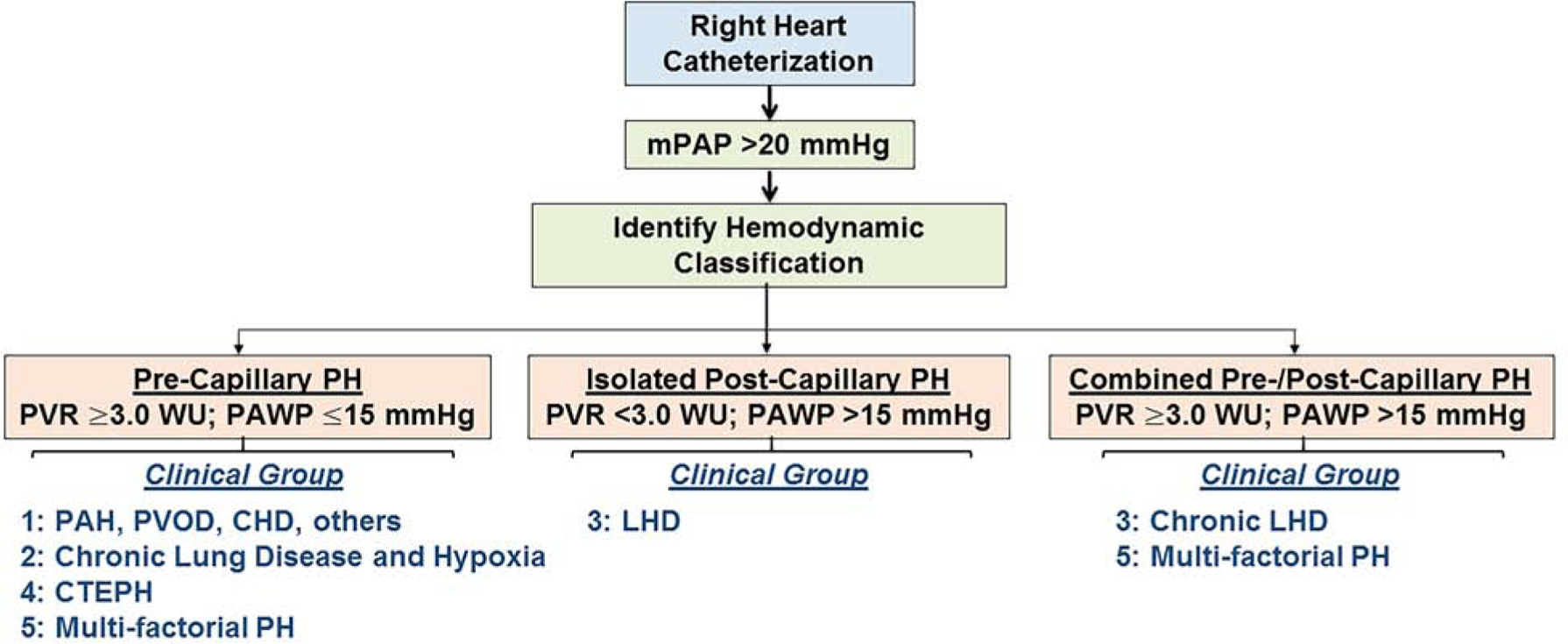Figure 2. Integrating the cardiopulmonary hemodynamic and clinical profile of patients with pulmonary hypertension (PH).

Diagnosing PH is achieved by right heart catheterization, and requires a mean pulmonary artery pressure (mPAP) >20 mmHg. Patients are then classified by hemodynamic category, which together with the clinical profile and other supporting data (e.g., chest imaging, serology, genetic testing) is used to determine the PH clinical group. Certain clinical groups are incompatible with hemodynamic classifications; for example, pulmonary arterial hypertension (PAH) cannot be diagnosed in patients with isolated post-capillary or combined pre-/post-capillary PH hemodynamics. Treatment is based on clinical group, as reviewed in Refs. 1 and 35.Overall, pulmonary vasodilator therapies are not indicated in PH due to left heart disease (LHD), regardless of PVR. PVR, pulmonary vascular resistance; PAWP, pulmonary artery wedge pressure; PVOD, pulmonary veno-occlusive disease; CTEPH, chronic thromboembolic PH.
